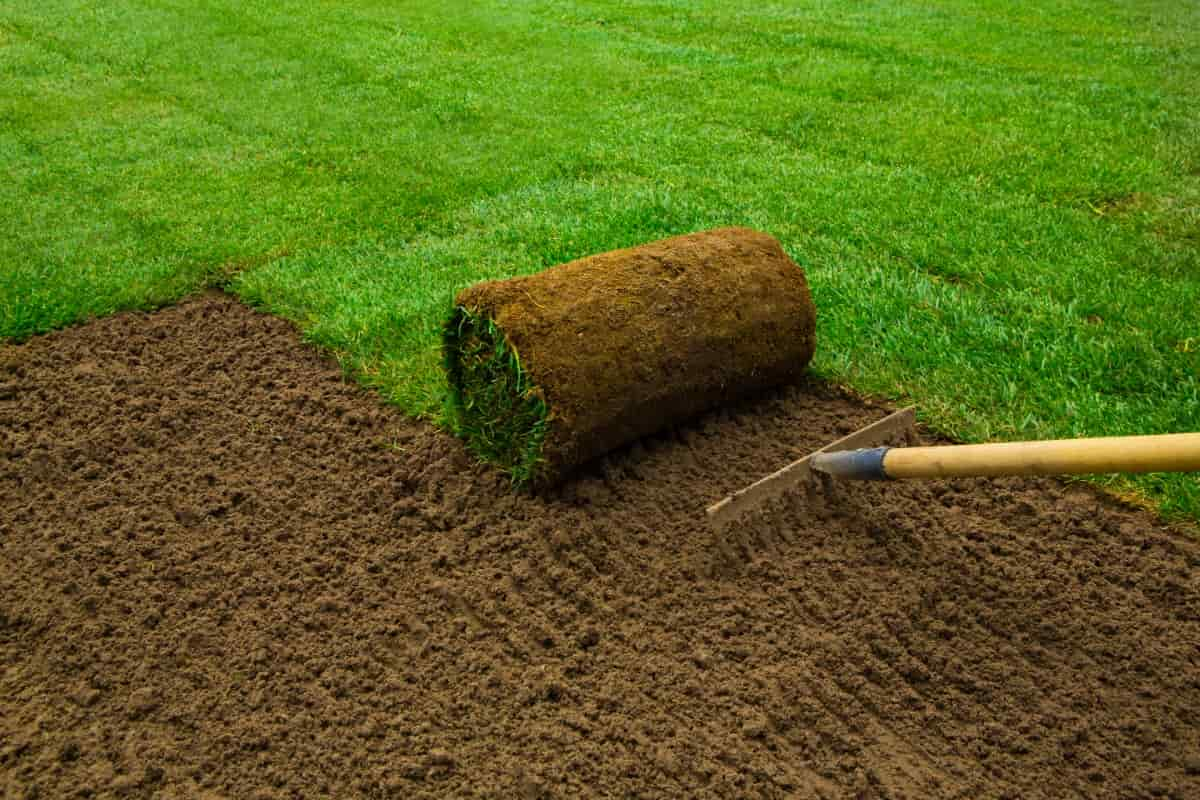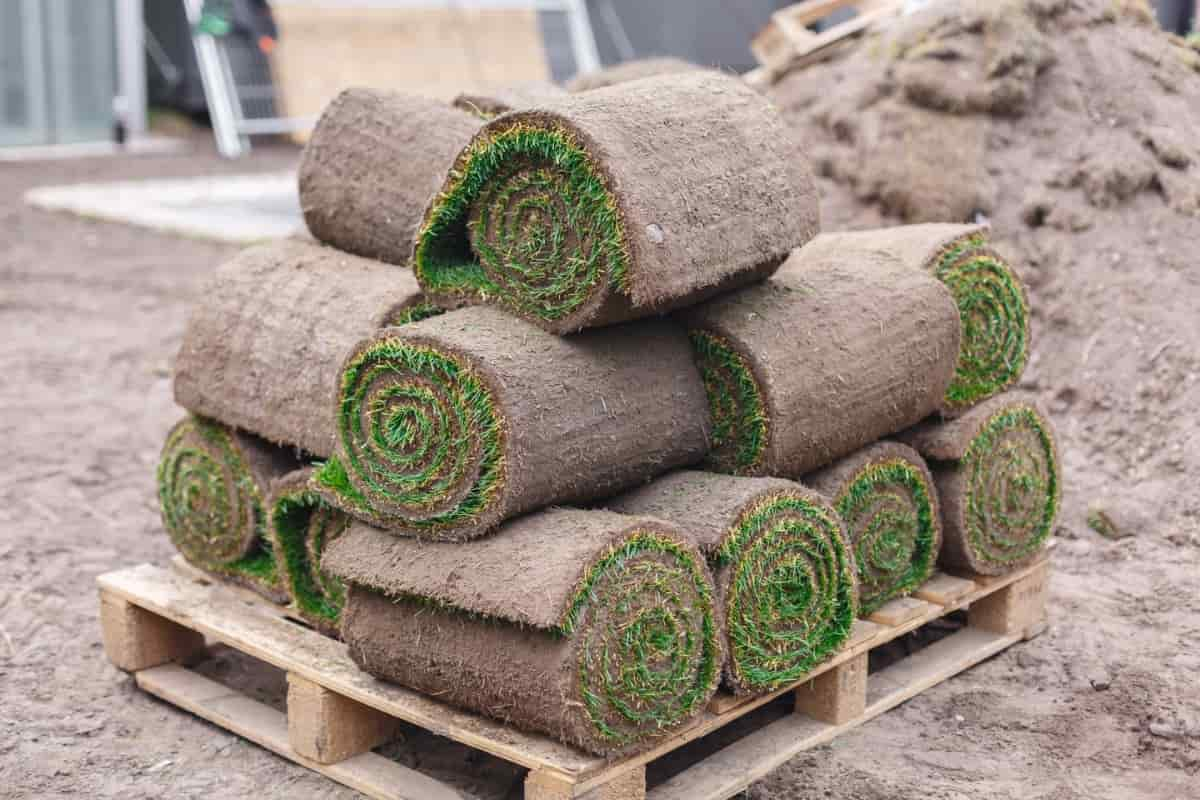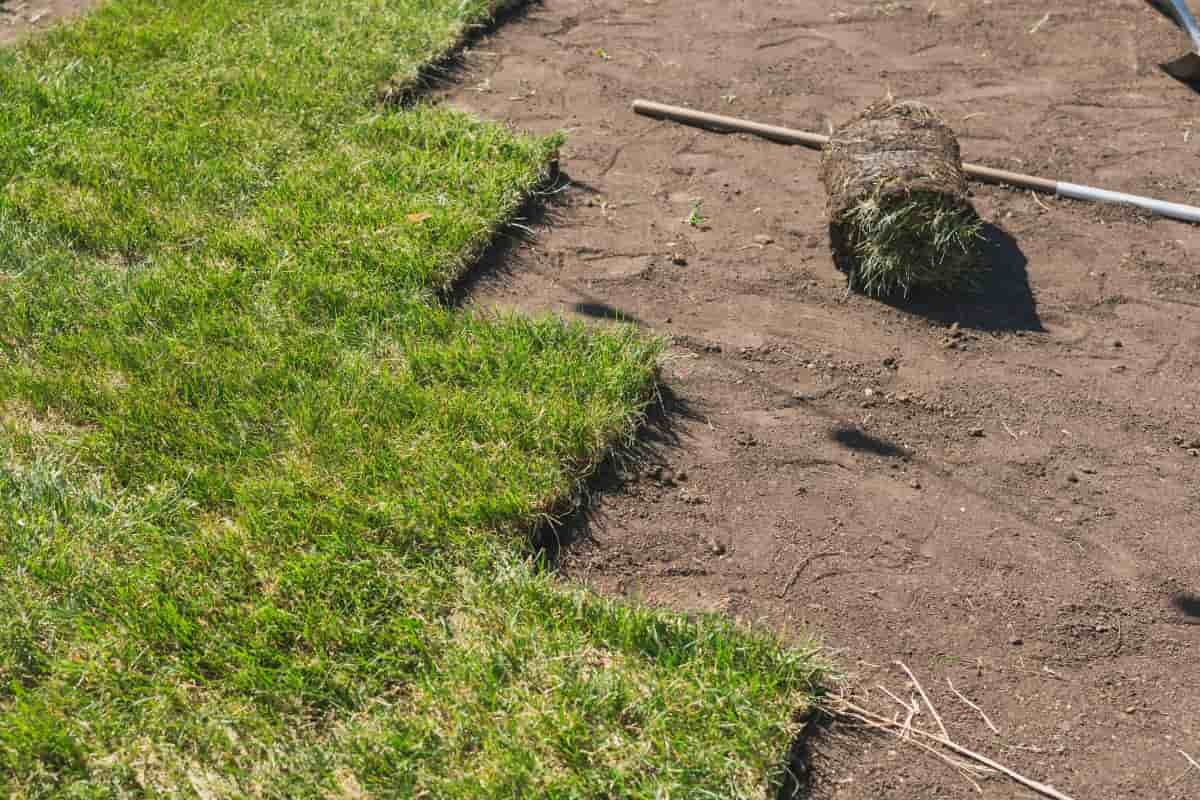Creating a perfect lawn is a dream for many homeowners, and achieving this can be both rewarding and challenging. Learning how to create a perfect lawn in 10 steps involves understanding various aspects like how to improve a lawn full of weeds, how to make a lawn green and thick, and steps to a better lawn.

These efforts can transform an ordinary yard into a lush, healthy landscape. Whether you’re figuring out how to grow a good lawn or seeking tips for a healthy lawn, this guide provides practical advice. It even covers how to save a lawn that seems beyond repair. Follow these essential steps and watch your lawn transform into a beautiful green oasis.
How to Create a Perfect Lawn in 10 Steps
Understand Your Soil
To start with, understanding your soil is crucial for a thriving lawn; the soil type, pH level, and nutrient content significantly affect grass growth. Conduct a soil test to determine these factors; this helps identify what your soil lacks and what it needs for optimal grass growth. The test results will guide you on the right amendments to improve soil structure and fertility.
If your soil is too acidic or alkaline, applying the appropriate materials like lime or sulfur can bring it back to a neutral pH, which is conducive for most grass types. For a compacted lawn, aerating the soil is key; it allows air, water, and nutrients to penetrate the root zone, which is crucial for healthy grass growth.
Select the Right Grass Type
Selecting the right grass type is essential for a healthy, vibrant lawn. Consider your region’s climate, as some grasses thrive in warm weather while others prefer cooler temperatures. Also, think about the sunlight your lawn receives; some grasses need full sun, whereas others can tolerate shade.
Research grass types suitable for your area and select one that matches your lawn’s specific conditions. This choice is a vital step in making a lawn green and thick. A grass type well-suited to your climate and soil will require less maintenance and be more resistant to pests and diseases, making steps to a better lawn more achievable.
Prepare the Soil
Start by removing any rocks, debris, and existing weeds. Break up the soil to a depth of about 4-6 inches using a rototiller or garden fork. This process promotes aeration and drainage, which are essential for healthy root growth. Next, enrich the soil with organic matter like compost, which improves soil texture and nutrient content. Level the area with a rake to create a smooth, even surface. This preparation creates an ideal foundation for seeds or sod to take root, which is crucial in learning how to grow a good lawn.
In case you missed it: How to Kill and Prevent Fire Ants in Your Lawn: Natural and Organic Remedies

Proper Seeding or Sodding Techniques
Proper seeding or sodding techniques are vital for a lush lawn. For seeding, choose a high-quality seed mix that suits your soil and climate. Spread the seeds evenly using a spreader, and lightly rake them into the soil. For sodding, select healthy, weed-free sod. Lay the sod pieces tightly together without overlapping, and press them firmly into the soil. Whether seeding or sodding, keep the area moist until the grass establishes, which is usually around 2-3 weeks. This step is crucial in how to improve a lawn full of weeds, as it ensures new, healthy grass outcompetes the weeds.
Watering Schedule and Techniques
A consistent watering schedule and proper techniques are key to a green and healthy lawn. Water your lawn deeply but infrequently, which encourages deeper root growth. Early morning is the best time to water, as it reduces evaporation and helps prevent fungal diseases. The amount of water your lawn needs depends on the grass type, soil, and climate, but generally, an inch of water per week is sufficient. Use a rain gauge to measure how much water your lawn receives from rainfall and irrigation.
Fertilize Your Lawn
Fertilizing your lawn provides essential nutrients for growth, color, and strength. Use a fertilizer that matches your grass type and soil needs based on the soil test results. During the plant’s growth, use fertilizer as directed on the product label. Be careful not to over-fertilize, as this can harm your lawn and the environment. Slow-release fertilizers are a good choice, as they feed your lawn steadily over time. Fertilizing plays a significant role in making a lawn green and thick and in overall steps to a better lawn.
In case you missed it: Neem Oil for Lawn Care: How to Use as Organic Pest Control Solution for Lawn Grass

Mowing Practices
Proper mowing practices contribute significantly to a lawn’s health and appearance. Cut your grass as tall as advised for its type, because taller grass grows deeper roots and shades the soil, which stops weeds. Make sure your mower blades are sharp, because dull ones can harm the grass and make it easier for diseases to attack.
Change your mowing pattern each time to prevent soil compaction and wear patterns. Also, leaving grass clippings on the lawn (known as mulching) can return nutrients to the soil, supporting tips for a healthy lawn. Regular, proper mowing is not just about cutting grass; it’s an essential part of how to grow a good lawn and how to save a lawn that’s under stress.
Weed Control Strategies
Effective weed control strategies are crucial for maintaining a perfect lawn. Begin with preventative measures like maintaining a healthy, dense turf, which naturally inhibits weed growth. For existing weeds, identify them first, as this dictates the control method. Use a targeted approach for treatment, such as spot treatment with a herbicide for persistent weeds or hand-pulling for occasional invaders.
Remember, the best defense against weeds is a strong, healthy lawn. Be cautious with herbicides; overuse can harm your lawn and the environment. Regular monitoring and timely action are key to improving a lawn full of weeds, ensuring these intruders don’t overrun your grass.
Deal with Pests and Diseases
Dealing with pests and diseases promptly is essential for a healthy lawn. Regularly inspect your lawn for signs of trouble, like discolored grass, bare patches, or pest activity. Early detection is vital in managing these issues effectively. Use appropriate treatments for specific pests or diseases, following label instructions carefully. In cases where chemical treatments are necessary, use them responsibly to minimize environmental impact.
Regular Maintenance and Care
Regular maintenance and care are the cornerstones of a beautiful lawn. This includes all the steps previously discussed, from proper watering and fertilizing to mowing and monitoring for pests and diseases. Also, adjust your lawn care practices according to the seasons; for example, reduce watering in cooler months. Keeping a consistent schedule for these tasks is essential in learning how to grow a good lawn and in implementing steps to a better lawn. Remember, a perfect lawn is the result of continuous care and attention.
In case you missed it: How to Troubleshoot Common Lawn Problems: Weeds, Pests, and Diseases

Conclusion
Creating and maintaining a perfect lawn is a rewarding journey that requires dedication and knowledge. By following these steps, from understanding your soil to regular maintenance and care, you can transform your outdoor space into a lush, healthy, and beautiful lawn.
- Feed Your Flock for Less: Top 10 Tips to Save on Chicken Feed
- Ultimate Guide to Ossabaw Island Hog: Breeding, Raising, Diet, and Care
- Hatching Answers: The Top 10 Reasons Your Chickens Aren’t Laying Eggs
- Eggs and Economics: Breaking Down the Cost of Raising Backyard Chickens
- Defend Your Greens: Proven Methods to Keep Iguanas Out of Your Garden
- Ultimate Guide to Cinnamon Queen Chicken: A Comprehensive Guide for Beginners
- Ultimate Guide to California Tan Chicken: Breeding, Raising, Diet, Egg-Production and Care
- Ultimate Guide to Marsh Daisy Chicken: Breeding, Raising, Diet, and Care
- 10 Types of Chicken Farming Businesses You Can Start for Profits